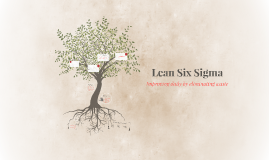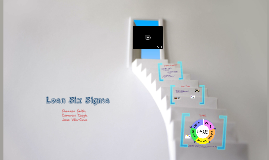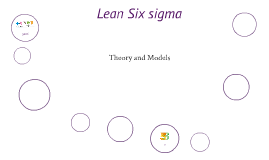Lean Six Sigma
Transcript: 5s 5 Why 1. Transportation 2. Inventory 3. Motion 4. Waiting 5. Overproduction 6. Over-processing 7. Defects 8. Under utilization of employees Sort, Straighten, Shine, Standardize, Sustain Shannon Smith, Cameron Doyle Jose Villa-Cruz Lean Six Sigma For Dummies Cheat Sheet - For Dummies . (n.d.). How-To Help and Videos - For Dummies. Retrieved March 4, 2013 Corsention, D.T. (1993) Employee involvement. FBI Law Enforcement Bulletin, 62(11),10. Tanner, M. (Director) (2013, January 22). 5S and Visual Management . Process Improvement. Lecture. The Ohio State University , Columbus. Lean Six Sigma Commitment is Key Loftus, R., Dobb, C., & Lawson, L. (2011). Employee engagement. MLO: Medical Laboratory Observer, 43(3), 34. Change is Risky Lean Six Sigma = CHANGE!! Tanner, M. (Director) (2013, January 22). 5S and Visual Management . Process Improvement. Lecture. The Ohio State University , Columbus. Corsention, D.T. (1993) Employee involvement. FBI Law Enforcement Bulletin, 62(11),10. Visual Controls Lean Six Sigma Green Belt Course. (n.d.). MoreSteam University. Retrieved March 3, 2013 Lean Six Sigma Green Belt Course. (n.d.). MoreSteam University. Retrieved March 3, 2013. Spaghetti Diagrams Liker, J. K., & Meier, D. (2006). The Toyota Way Fieldbook: a practical guide for implementing Toyota's 4Ps. New York: McGraw-Hill 8 Wastes: T.I.M.W.O.O.D +U DMAIC Goals are the same Lean Tools Employee Engagement

















